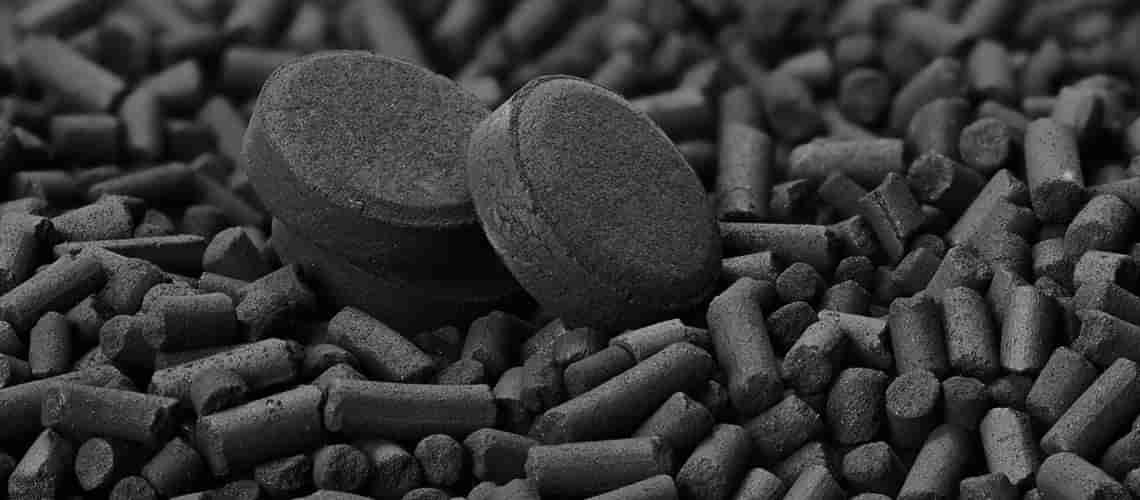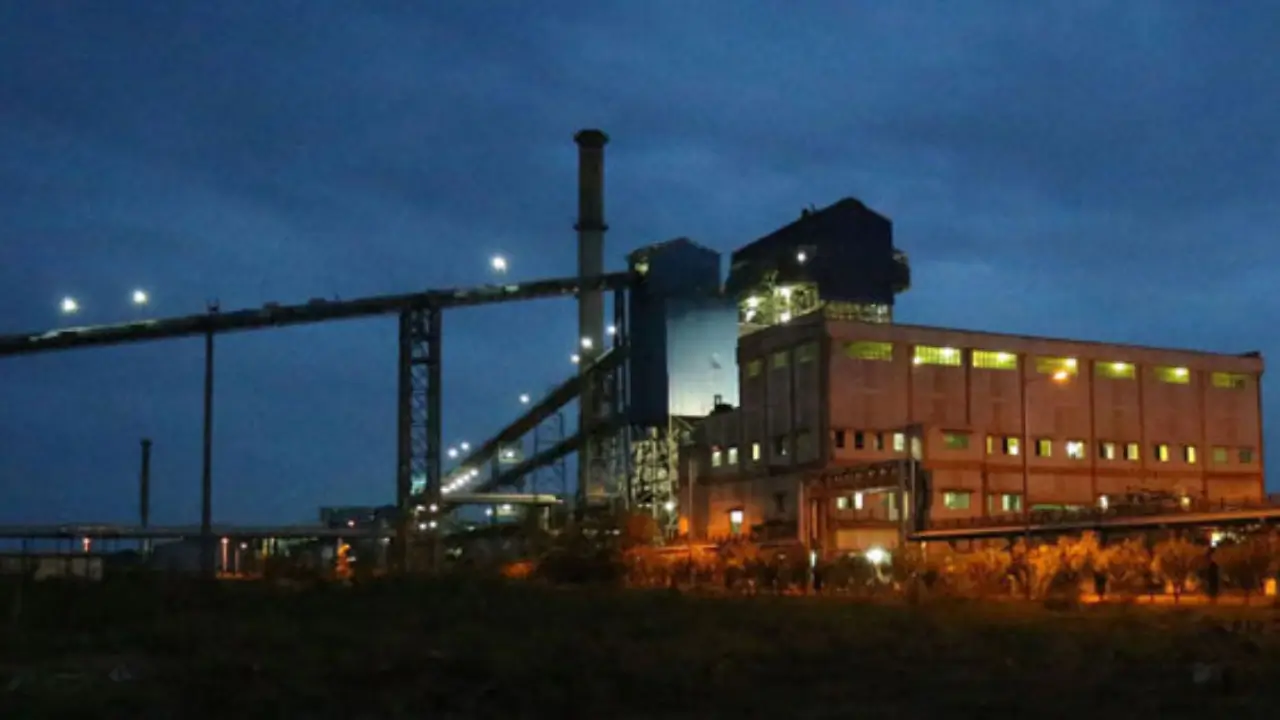- About
- Industries
- Products
- Wastewater Treatment
- Conventional Effluent Treatment: AQUASEP
- Toxic Refractory < 60,000 COD Removal: Catalytic Hydro-oxidation CHD-Ox
- Wet Air Oxidation for TOXIC > 60,000 COD : THERMOX
- Nanobubbles in Water Treatment: NANOPOREX-E
- Chemical-Free Cooling Tower Technology – A Sustainable Solution: ZEPHYR
- MVR for ZLD: Vapozem
- Membranes in wastewater Treatment: PROMEM
- TSS removal and Product recovery using Ceramics: PORESEP
- Heavy Metals and Trace Contaminant removal using Resins: SORBION
- Improving Efficiency of your sand bed filters: NANOMATRIX
- Choosing the Right technology for Wastewater treatment: Wastewater Treatability Studies’
- Reduce/Recover Oil from Wastewater: DISORB
- Produced Water Treatment: PWT
- Non Biofouling Membranes in wastewater Treatment: PROMEM-B
- Advanced Bioaugmentation Culture: BIOPORE
- Cavitation using Ultrasonics: RUSONICS-E
- Oxygen Generator System for Industries: OXYLIFE
- Process Solutions
- Precious Metal catalyst Filtration: CONTUFILT-M
- Activated Carbon Filtration: CONTUFILT-AC
- Raney Nickel Catalyst Filtration: CONTUFILT-RN
- Hot Gas Filtration: CONTUFILT – MH
- Biosolids removal using ceramics: PORESEP
- MVR for ZLD: VAPOZEM
- Ion Exchange-based RESINS: SORBION
- Dehydrating solvents by Zeolite Membranes: SOLVOSEP
- HiGee Continuous Distillation: ROTASEP
- Molecular Separation by Membranes: PROMEM
- Filtration & Separation
- Precious Metal catalyst Filtration: CONTUFILT – M
- Activated Carbon Filtration: CONTUFILT-AC
- Raney Nickel Catalyst Filtration: CONTUFILT-RN
- Hot Gas Filtration: CONTUFILT – MH
- Ceramic Dynamic Membrane Filtration: PORESEP
- MVR for ZLD: Vapozem
- Nano-Bubbles Improve Process Efficiency: NANOPOREX
- Alternate to Continuous Distillation / Rectification: ROTASEP
- Liquid-Liquid Extraction Mixer Settler: SEPARIX
- Ion Exchange-based RESINS: SORBION
- Pervaporation: Dehydrating Solvents and Separating Mixtures: SOLVOSEP
- Cartridges & Filter Bags: FLOWSEP™
- Molecular Separation by Membranes: Recovery and Isolation: PROMEM
- Colour / Organics / VOC Removal: CARBOSORB
- Oxygen Generator System for Industries: OXYLIFE
- RUSONIC – Sonochemistry
- Magnetic Separator Technology: MAG-Filt
- Wastewater Treatment
- Resource
- Contact Us
Top Posts
5 Applications of Nanobubbles in Agriculture
How to Increase Yield Without Using Fertilisers?
The challenge of treating wastewater containing refractory pollutants and toxic chemical oxygen demand (COD) is significant across various industries. One promising solution is Catalytic Hydrooxidation (CHD-Ox), which enhances the biodegradability of wastewater before it reaches biological treatment steps like the Moving Bed Biofilm Reactor (MBBR). By increasing biodegradability, CHD-Ox optimizes downstream processes, ensuring higher efficiency in wastewater treatment and better environmental outcomes. This pre-treatment not only addresses complex contaminants but also improves the resilience and performance of MBBR systems.
Why Biodegradability is Important in Wastewater?
Biodegradability is a critical aspect of effective wastewater treatment, especially when biological treatment methods are involved. Wastewater laden with refractory pollutants can resist degradation, hampering the efficiency of systems like MBBR that rely on microbial activity. Increasing the biodegradability of wastewater transforms persistent organic compounds into simpler, more manageable forms that microbes in the MBBR can readily consume. Without sufficient biodegradability, complex pollutants persist, reducing overall treatment efficiency and potentially resulting in incomplete removal of harmful contaminants. Pre-treatments like CHD-Ox thus play a vital role in reducing COD and creating a more compatible wastewater profile for biological treatment.
CHD-Ox: A Pre-Treatment Solution
CHD-Ox is a catalytic oxidation process designed to increase the biodegradability of wastewater by breaking down toxic COD into simpler, biodegradable compounds. The CHD-Ox system generates reactive oxygen species (ROS) and hydroxyl radicals, which efficiently attack complex organic molecules. Through this oxidation, CHD-Ox decomposes high-COD pollutants, converting them into forms that can be more easily processed by MBBR. Using nanobubbles for the delivery of oxidants, CHD-Ox ensures that ROS is distributed evenly throughout the wastewater. This approach minimizes the need for heavy chemical usage, effectively increasing biodegradability and reducing the potential impact on the Moving Bed Biofilm Reactor system.
Benefits of Integrating CHD-Ox with the Moving Bed Biofilm Reactor
Combining CHD-Ox with a MBBR offers numerous advantages. Primarily, CHD-Ox pre-treatment reduces the concentration of toxic compounds that could otherwise inhibit microbial action in the MBBR. This step ensures that the biodegradability of the wastewater is enhanced, allowing MBBR to more efficiently break down residual organic compounds. CHD-Ox lowers COD levels, which reduces the organic load that MBBR needs to handle, leading to greater microbial efficiency and faster processing times. Additionally, improved biodegradability leads to less sludge formation and potentially reduced treatment times, minimizing operational costs. Finally, the enhanced performance of MBBR after CHD-Ox pre-treatment supports a smaller environmental footprint, contributing to a sustainable and robust wastewater treatment framework.
Conclusion
CHD-Ox significantly improves the biodegradability of wastewater, making it a valuable pre-treatment before Moving Bed Biofilm Reactor systems. By transforming complex contaminants into simpler compounds, CHD-Ox optimizes downstream biological processes, enhancing efficiency, reducing operational costs, and supporting sustainable practices. Integrating CHD-Ox with MBBR thus represents a powerful approach to addressing challenging wastewater streams, driving progress toward more effective treatment and a cleaner environment.
Learn more about the technology.
Related Posts

Industries
Wastewater Treatment
Separation Sciences
Contact
Sign in for latest updates
Stay informed with the latest updates from Diva Envitec! Sign up for our newsletter to receive exclusive news, insights, and case studies directly to your inbox.

Copyright © 2024 Diva Envitec
Terms of Service
Privacy Policy
Industries
Wastewater Treatment
Separation Sciences
Contact
Sign in for latest updates
Stay informed with the latest updates from Diva Envitec! Sign up for our newsletter to receive exclusive news, insights, and case studies directly to your inbox.


